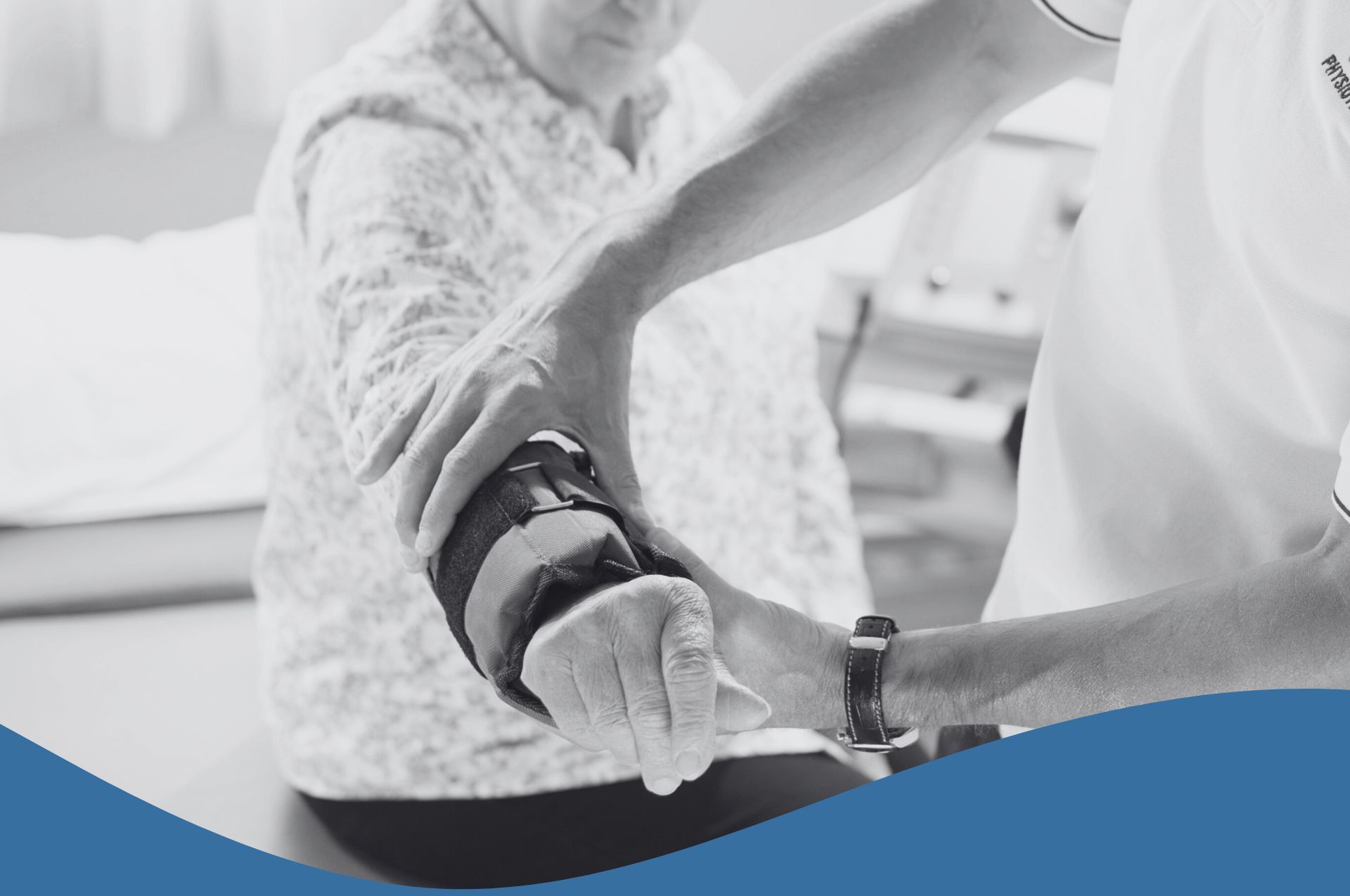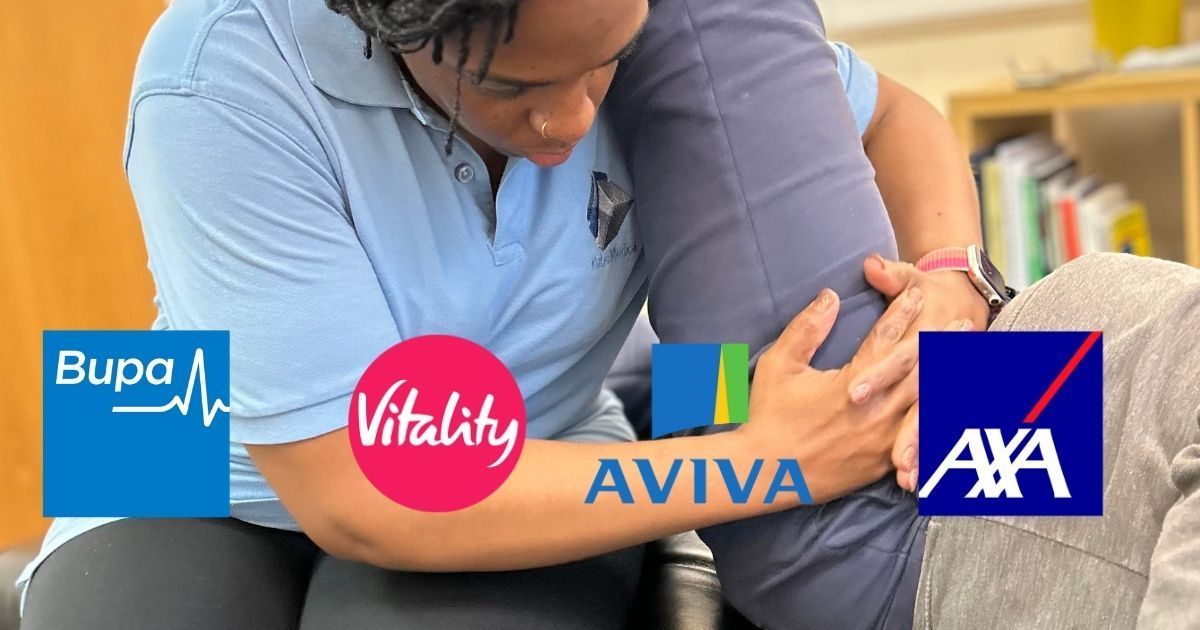Carpal Tunnel or Thoracic Outlet Syndrome?
Is It Carpal Tunnel or Thoracic Outlet Syndrome? Here's How to Tell the Difference – and Why It Matters
Hi, I’m Erika – a Chiropractor at Kube Medical – and one thing I frequently see in clinic is people who’ve been told they have carpal tunnel syndrome… but they actually don’t. What they’re really dealing with is something called thoracic outlet syndrome. And it’s not their fault – the two conditions can look very similar from the outside.
If you’ve been dealing with symptoms like numbness in your hands, tingling in your fingers, or weakness in your arm, you’re probably wondering, “What is actually going on here?” Let’s break it down so you can get some clarity – and more importantly, find relief.
So what exactly is carpal tunnel syndrome?
Carpal tunnel syndrome is probably the better-known of the two. It happens when the median nerve (which runs down your arm and into your hand) gets compressed as it passes through a narrow tunnel in your wrist. Think of it like a garden hose getting kinked – pressure builds up, and things start going wrong downstream.
Symptoms often include:
- Numbness or tingling in your thumb, index, and middle fingers
- Wrist or hand pain, sometimes shooting up the arm
- Weak grip or difficulty holding small objects
- Worse symptoms at night or after repetitive hand use (typing, driving, etc.)
It’s common. But it’s not the only thing that causes these symptoms.
What is thoracic outlet syndrome then?
Thoracic outlet syndrome (or TOS) is a little less talked about, but just as important. It happens higher up – in the space between your collarbone and your first rib, called the thoracic outlet. This is where important nerves and blood vessels pass through from your neck into your arm. If something compresses that space – tight muscles, poor posture, an old injury – those nerves can get irritated or pinched.
TOS symptoms might include:
- Numbness and tingling in the hand (sometimes in all fingers)
- Pain or heaviness in the arm, especially after using it
- Weakness in your hand or grip
- Symptoms made worse by certain postures – like reaching overhead or carrying a heavy bag
Here’s the catch: TOS and carpal tunnel can feel almost identical, especially at first. That’s why it’s so often misdiagnosed.
How do we tell them apart?
This is where a good clinical assessment comes in – not just jumping straight to a scan or assuming based on symptoms alone.
At Kube Medical, I work alongside a fantastic team of Chiropractors, Osteopaths, Physiotherapists and soft tissue therapists, which means we can assess your posture, nerve mobility, muscle balance, and daily habits as a whole. It’s a team effort, and this holistic approach often makes all the difference.
Many times, people come in convinced they’ll need surgery for carpal tunnel – but after a thorough assessment, we find the problem is actually stemming from their neck, shoulder, or chest area. No scalpel needed!
Here’s the good news: you don’t have to just “live with it”
Whether it’s carpal tunnel or thoracic outlet syndrome, you’ve got options.
Here’s how chiropractic (and the wider team at Kube Medical) can help:
- For carpal tunnel:
- Gentle wrist and elbow adjustments to reduce nerve pressure
- Soft tissue therapy to release tight forearm and hand muscles
- Advice on ergonomics and wrist positioning at work or during repetitive tasks
- For thoracic outlet:
- Postural work to open up the chest and relieve compression
- Neck and upper back adjustments to restore movement
- Stretching and strengthening (especially of the pecs and scalene muscles)
- Nerve gliding techniques (aka “nerve flossing”) to restore healthy nerve mobility
We don’t just treat the site of the pain – we look at the whole picture, figure out why it’s happening, and create a plan to fix it from the ground up.
But what if I’ve already been diagnosed with carpal tunnel syndrome?
That’s okay! It’s still worth getting a second opinion. So many people I’ve treated had a “confirmed” diagnosis – sometimes even had surgery booked – only to find that with the right hands-on care and rehab plan, they improved significantly without needing an operation.
In fact, recent studies have shown that non-surgical approaches are often just as effective as surgery for carpal tunnel syndrome in many cases – especially when caught early or when the problem stems from further up the chain.
Let’s figure this out together
Pain, tingling, numbness, or weakness in your hands and arms isn’t something you should ignore – but it also isn’t something you should fear. The important thing is getting the right diagnosis and building the right treatment plan.
If any of what I’ve talked about sounds familiar to you – or if you’re just tired of feeling like your hands and arms are “not quite right” – I’d love to help.
Book a consultation with me at Kube Medical. Let’s get to the bottom of it and put together a plan to get you back to feeling like yourself again.
Warmly,
Erika
Chiropractor at Kube Medical











